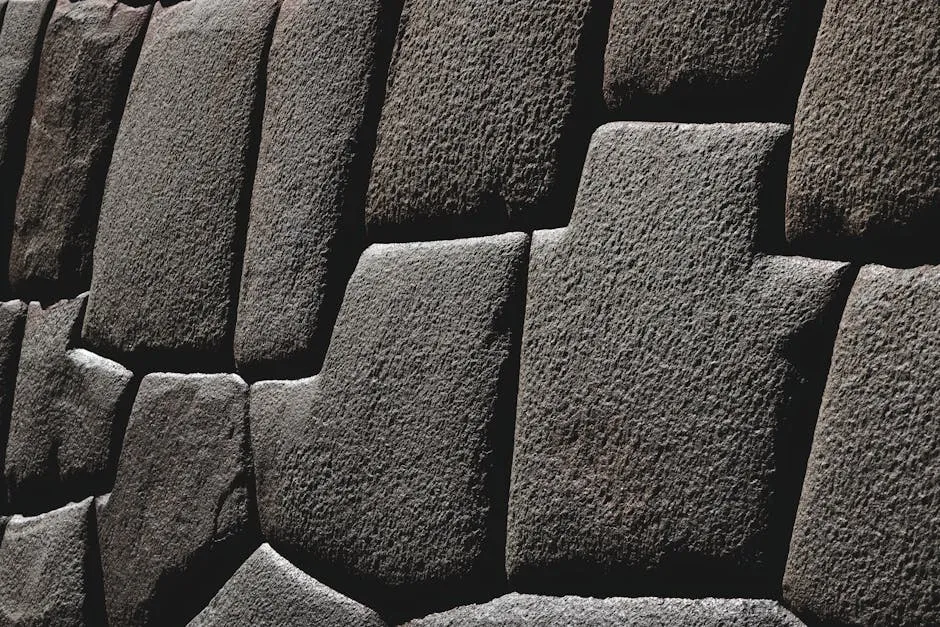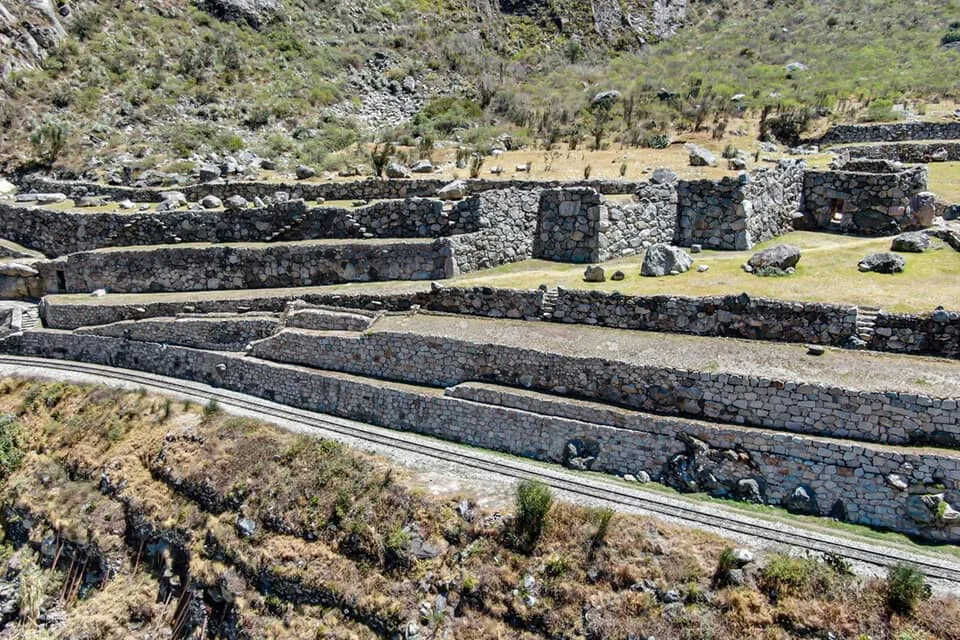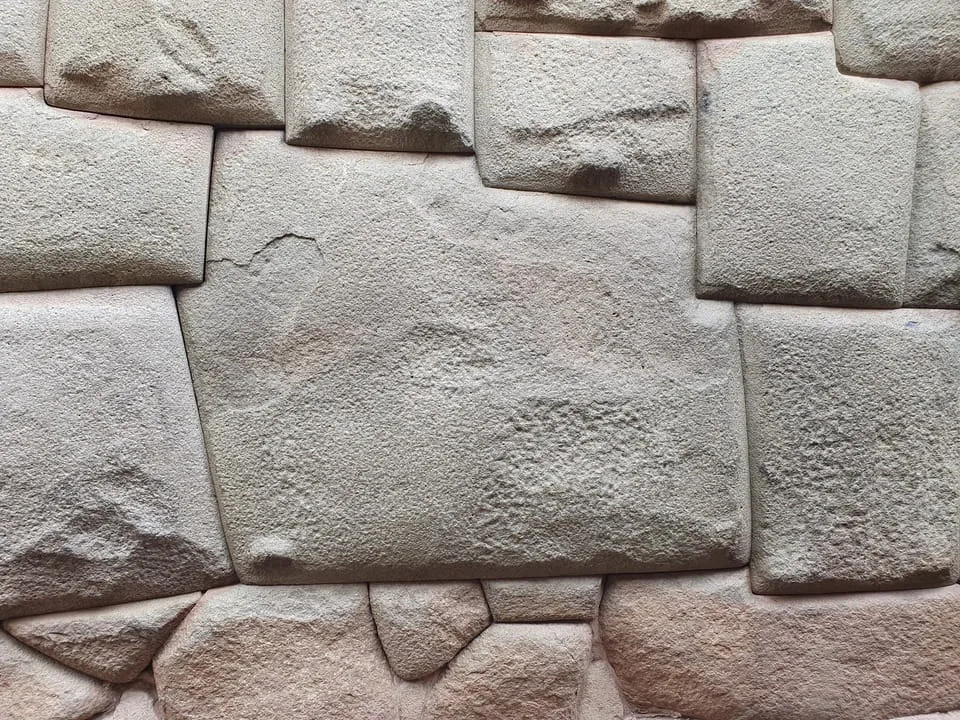Intipata, which in Quechua means "Places of the Sun," is an impressive archaeological site that is part of the classic Inca Trail to Machu Picchu. This collection of agricultural terraces, located on a slope at 2,850 meters above sea level, not only showcases the Incas' agricultural ingenuity but also offers spectacular views of the Urubamba Valley and the surrounding mountains.
Often overlooked compared to other better-known sites, Intipata is a place full of history and natural beauty, where hikers can explore the majesty of the Inca terraces and reflect on their connection with the sun and nature.
What is Intipata?
Intipata is a complex of agricultural terraces built by the Incas to maximize food production in mountainous terrain. These terraces are east-facing, allowing sunlight to reach them most of the day, which optimized crop growth.
In addition to its agricultural role, Intipata likely served a ceremonial purpose, as its orientation and name suggest a connection to the sun, one of the most revered deities in the Inca worldview.
History of Intipata
Intipata was built during the height of the Inca Empire as part of the network of settlements and routes connecting Cusco to Machu Picchu. The site was designed not only to produce food but also as a strategic lookout over the Urubamba Valley and key segments of the Inca Trail.
Intipata’s solar alignment highlights its spiritual significance. The Incas worshipped Inti (the sun) as a source of life and fertility, and the terraces reflect this sacred bond between earth and sun.
How to Get to Intipata
Intipata is located in the final stretch of the Classic Inca Trail, near the Wiñayhuayna campsite.
- Via the Classic Inca Trail: Hikers visit Intipata on the third day of the trek, before reaching the final campsite. The hike to the site includes moderate trails surrounded by lush vegetation.
- From Wiñayhuayna: Intipata is a short walk from the campsite, making it a perfect mini-excursion before reaching Machu Picchu.
Highlights of Intipata
Agricultural Terraces
Intipata’s main attraction is its agricultural terraces, precisely built to fit the mountain’s slope. These served not only to grow food but also to stabilize the terrain and prevent erosion.
Panoramic Views
From Intipata, visitors enjoy breathtaking views of the Urubamba Valley, with the river winding through the mountains. The peaceful setting makes it ideal for quiet contemplation.
Solar Connection
Intipata’s east-facing orientation, aligned with the rising sun, underscores its spiritual importance. This design was intentional, reflecting the Inca belief that the sun was essential for life and fertility.
Natural Surroundings
Intipata is surrounded by lush vegetation, including cloud forest and unique Andean flora, making it a rewarding site for nature lovers.
Tips for Visiting Intipata
- Wear Comfortable Footwear: Access to Intipata involves steep trails, so trekking boots with good grip are recommended.
- Bring Water and Sunscreen: Despite the altitude, the sun can be strong due to the site’s orientation. Stay hydrated and protected.
- Take Your Time: Allow enough time to explore the terraces and appreciate the natural surroundings. The views and tranquility are worth it.
- Respect the Site: Intipata is a sacred archaeological area. Avoid touching structures and follow local regulations to preserve this heritage.







